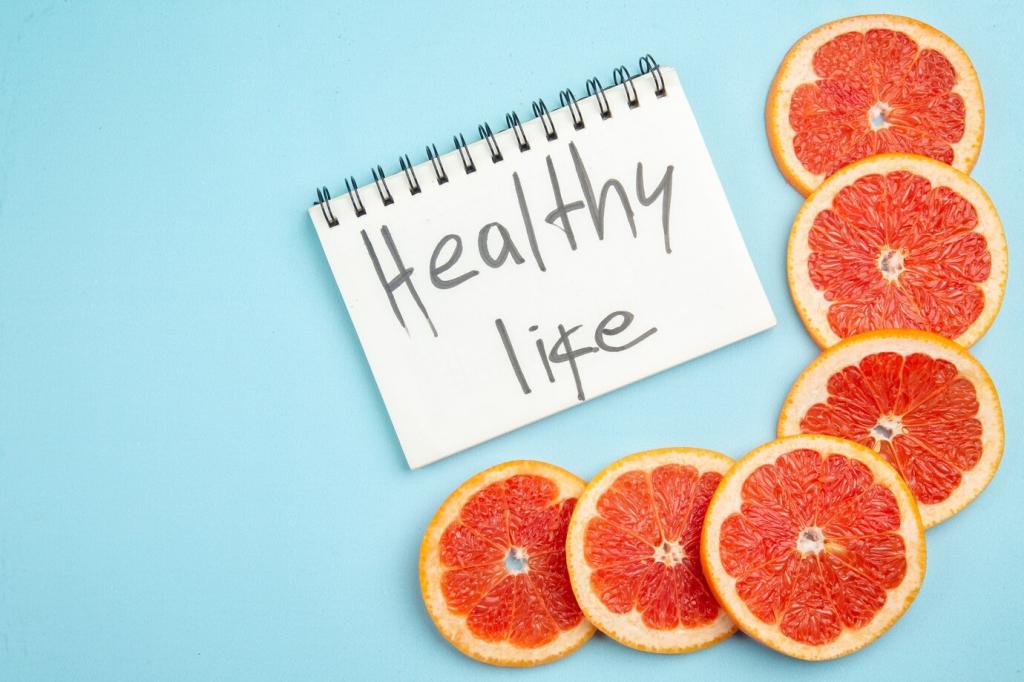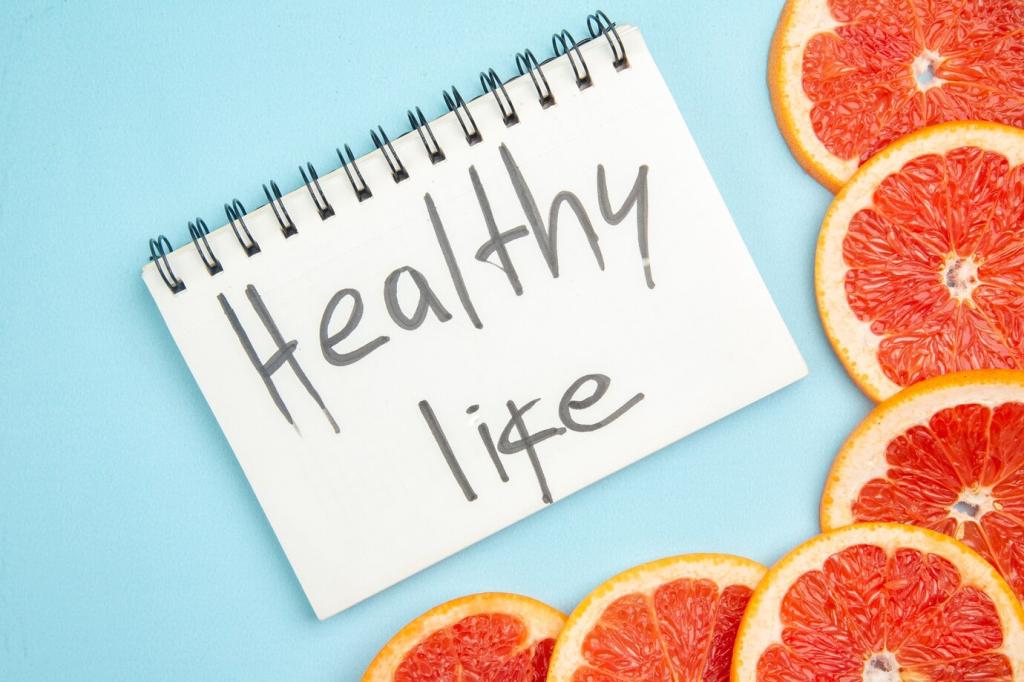Why Hydration Shapes Performance
A fluid loss as low as two percent of body mass can raise heart rate, increase perceived effort, and blunt focus. That means paces feel harder, reactions slow, and tactics slip. Have you felt this on a hot day? Tell us about your toughest session and how you managed fluids.
Why Hydration Shapes Performance
Water carries glucose, electrolytes, and oxygen to working muscles, while aiding gastric emptying. The right carbohydrate-electrolyte balance helps fluids absorb efficiently without sloshing. Most athletes do well with a 6–8% carbohydrate drink for sustained efforts. What ratio sits well for you? Share your favorite mix in the comments.







